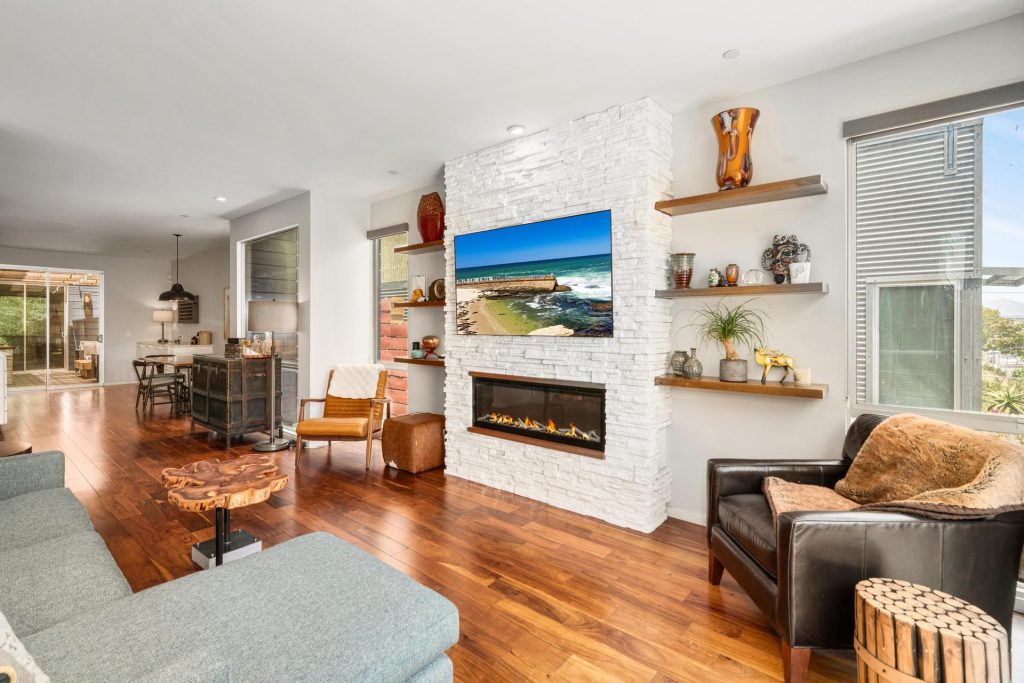For many longtime homeowners, the thought of downsizing can feel overwhelming. Whether it’s the emotional ties to a home full of memories or the sheer task of sorting through decades of belongings, it’s normal to feel a bit stuck before you even begin.
This guide is here to simplify the process. Whether you’re considering a move to be closer to family, reduce home maintenance, or simply find a space that better fits your lifestyle today—we’ll walk through each step clearly and calmly.
Step 1: Clarify Your “Why”
Before anything else, take time to understand why you’re considering a move.
Is it for convenience? Cost? Health? Proximity to loved ones?
Defining your goals will make each decision moving forward more intentional and clear.
Step 2: Explore Your Options
Not all downsizing looks the same. You might be considering:
– A smaller single-family home
– A condo with less maintenance
– A 55+ or senior living community
– Moving in with family
Consider what kind of environment would truly feel like home at this stage of life.
✔️ You Can Buy First, Then Sell—Yes, Really
One of the biggest fears around downsizing is the idea of selling your current home before knowing where you’ll land. The good news is, in many cases, it’s possible to secure your next home before selling your current one.
Depending on your financial situation, there are several options:
– Bridge loans or equity lines that allow you to access funds tied up in your current home
– Contingent offers, where the purchase is dependent on your home selling
– Extended closings or rent-backs, allowing you time to move comfortably
This flexibility can take away a huge amount of pressure and help make the process feel less like a leap—and more like a smooth step forward.
Step 3: Assess Your Current Home’s Value
Understanding your home’s market value gives you a realistic picture of your financial options. A local real estate professional (like myself) can prepare a Comparative Market Analysis (CMA) and help you estimate net proceeds after selling.
Step 4: Start Small with Decluttering
Start early and go one room at a time. Consider this a gradual transition—not an overnight task. Use the 3-pile method:
– Keep
– Donate
– Toss
Items that carry sentimental value but aren’t practical can be gifted to family or digitized to preserve the memory without the clutter.
Step 5: Make a Plan (Not a Rush)
Set a realistic timeline. Downsizing isn’t a race. Whether your timeline is 2 months or 2 years, having a basic plan in place reduces stress. This may include:
– Listing your home
– Touring new options
– Coordinating moving help or estate services
– Talking with a financial planner
Step 6: Enlist Help You Trust
This might be one of the most important steps. You don’t have to do this alone. Surround yourself with professionals and loved ones who are patient, experienced, and genuinely have your best interest in mind.
Final Thoughts
Downsizing doesn’t have to mean losing—it’s about gaining the freedom to enjoy life with less burden and more flexibility. With the right guidance and a step-by-step approach, the process can feel less overwhelming—and even empowering.
If you’d like to talk through your options or have questions about how to begin, I’m happy to help.


